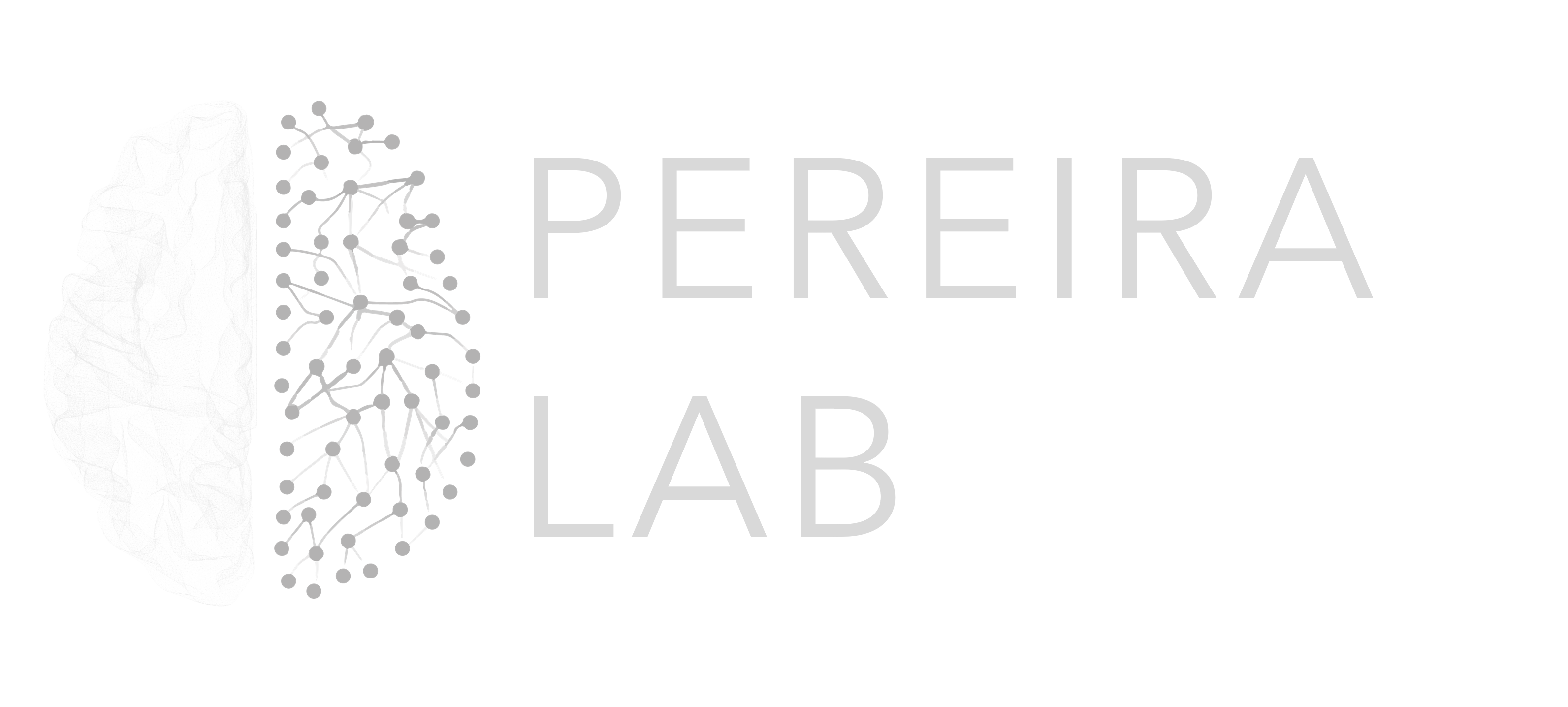OUR FOCUS
BRAIN CONNECTIVITY
One of the lab’s interests is to use magnetic resonance imaging and positron emission tomography to assess patterns of brain connectivity or coordinated patterns of brain pathology and shared mechanisms in neurodegeneration.
OUR FOCUS
BRAIN CONNECTIVITY
One of the lab’s interests is to use magnetic resonance imaging and positron emission tomography to assess patterns of brain connectivity or coordinated patterns of brain pathology and shared mechanisms in neurodegeneration.
research
our
strategy
Our lab is using graph theory, deep learning, new imaging sequences and multi-omics to study the earliest disease stages, predict disease progression and identify different clinical phenotypes of neurological diseases.
research
our
strategy
Our lab is using graph theory, deep learning, new imaging sequences and multi-omics to predict disease progression, identify different clinical phenotypes and establish precision medicine approaches.
SOFTWARE DEVELOPMENT
BRAPH 2.0–BRAIN ANALYSIS USING GRAPH THEORY
We have developed a fully vertically integrated software in MatLAB called BRain Connectivity Analysis with graPH theory (BRAPH), which has a clear modular structure that makes it easy to maintain and modify. It allows users to perform single and multi-modal brain connectivity analyses as well as implement deep learning methods through command line or a series of easy-to-use graphical user interfaces (GUI).
SOFTWARE DEVELOPMENT
BRAPH 2.0–BRAIN ANALYSIS USING GRAPH THEORY
We have developed a fully vertically integrated software in MatLAB called BRain Connectivity Analysis with graPH theory (BRAPH), which has a clear modular structure that makes it easy to maintain and modify. It allows users to perform single and multi-modal brain connectivity analyses as well as implement deep learning methods through command line or a series of easy-to-use graphical user interfaces (GUI).

